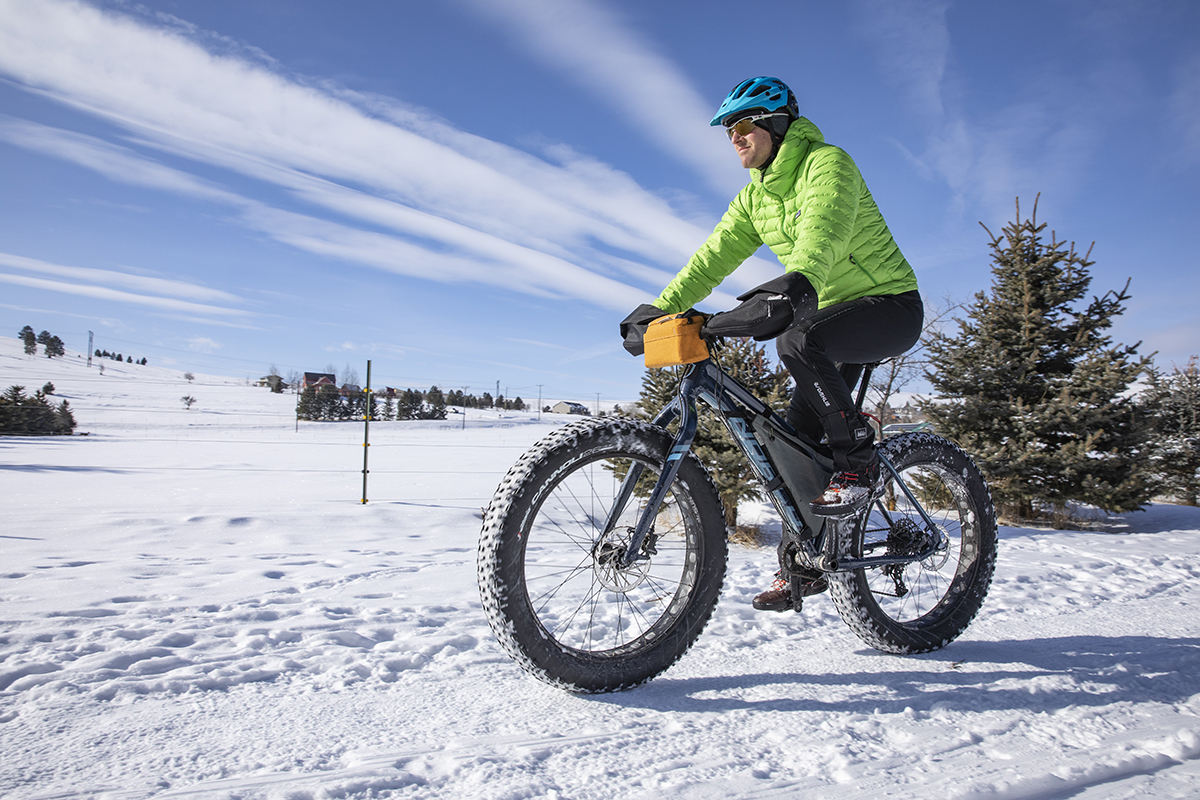Geared Up: Shoes and Pedals for Winter
Winter can be a tough season for cycling, and if you’re pedaling through snow and slush — like we are — keeping your feet comfortable can be especially challenging. Don’t worry, we have solutions to keep your piggies warm and dry!
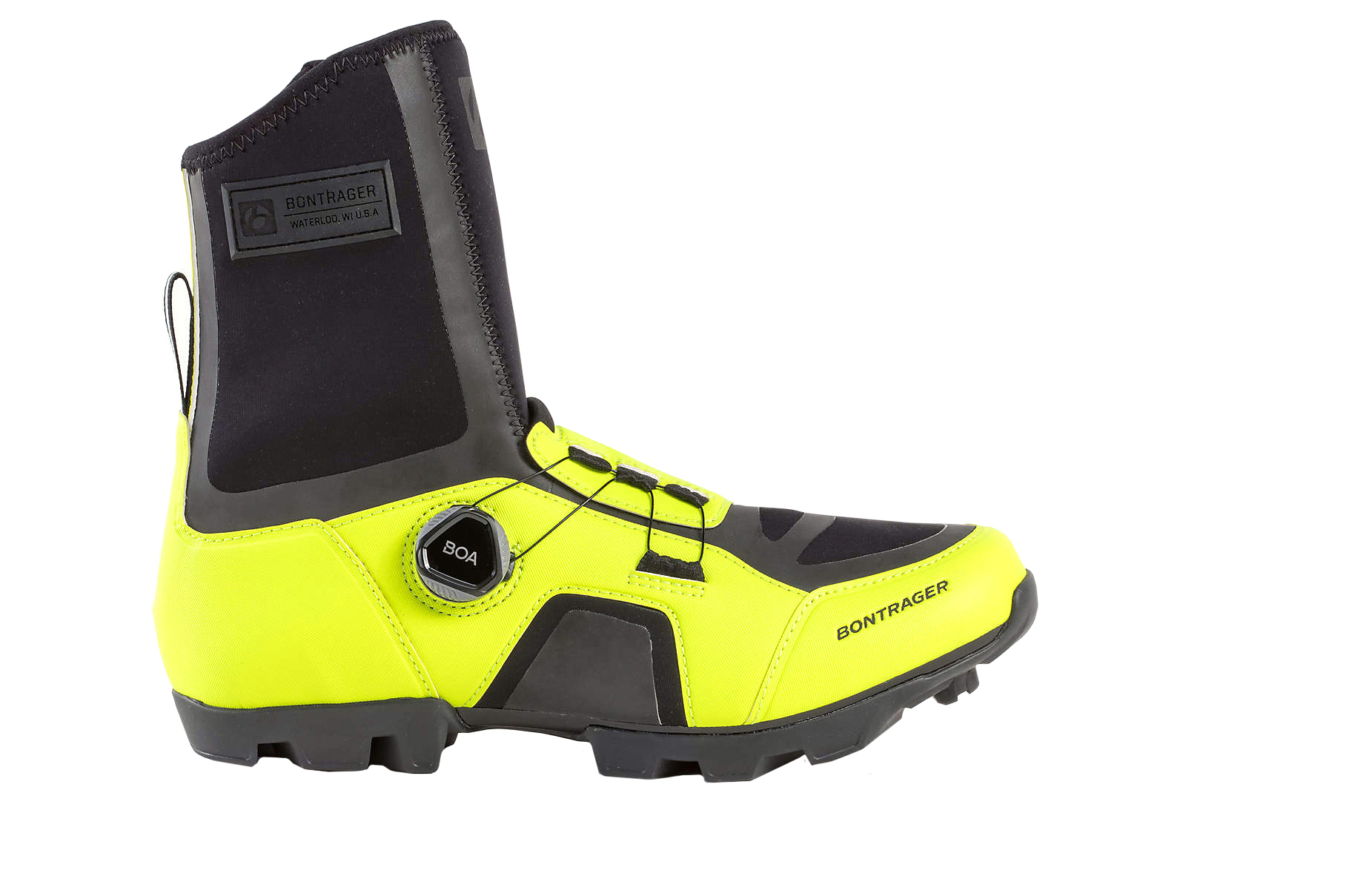
Bontrager JFW Winter Cycling Shoe, $200
For riding in moderately cold temperatures, Bontrager’s JFW winter shoe is a nice, bright option. Designed for temps from 25°F to 40°F, the two-bolt mountain bike shoe is also great for rides in wet weather thanks to its water-resistant upper and tall ankle gaiter. A roomy fit allows for thicker socks, and reflective accents increase visibility in low-light conditions. During daylight hours, it’s hard to miss the neon JFW boots. The foot is held in place by a single Boa dial closure while a zipper opens up the gaiter to aid in getting the shoe on and off. The rubber outsole provides good traction in slick conditions, and the nylon sole is plenty stiff for longer rides. If you find yourself with cold toes in temps right around the freezing mark, Bontrager’s JFW is a good ’tweener option: lighter than a full-on 0°F boot but cozier than a summer shoe and shoe cover. Want to take the JFWs to cooler temps? Add a shoe cover. –Nick Legan
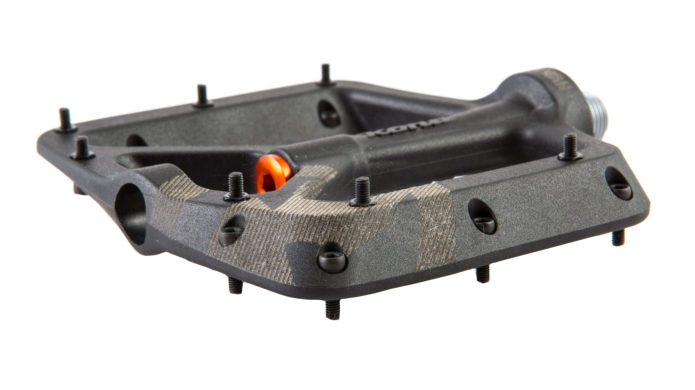
Kona Wah Wah 2, $60
Flat pedals are a great option for winter fat biking because they don’t require expensive, specialized footwear. Often, your regular winter boots will do just fine. But your winter boots are probably pretty big, and that’s where a flat pedal with a large platform pays major dividends.
The Kona Wah Wah 2 pedal, here in the affordable, plastic version — an aluminum model is available for twice the price — measures 120mm by 118mm, making it one of the largest pedals on the market. For maximum grip, each pedal has 14 pins (seven per side) that thread in from the underside and are easily replaceable. It spins on two cartridge bearings and a needle bearing, and after a full season of use on my mountain bike and a winter living outside on my fat bike, the pedals still spin smoothly. I haven’t bothered to pull them apart to regrease them yet, but should they get funky, Kona sells a rebuild kit for $25. –Dan Meyer
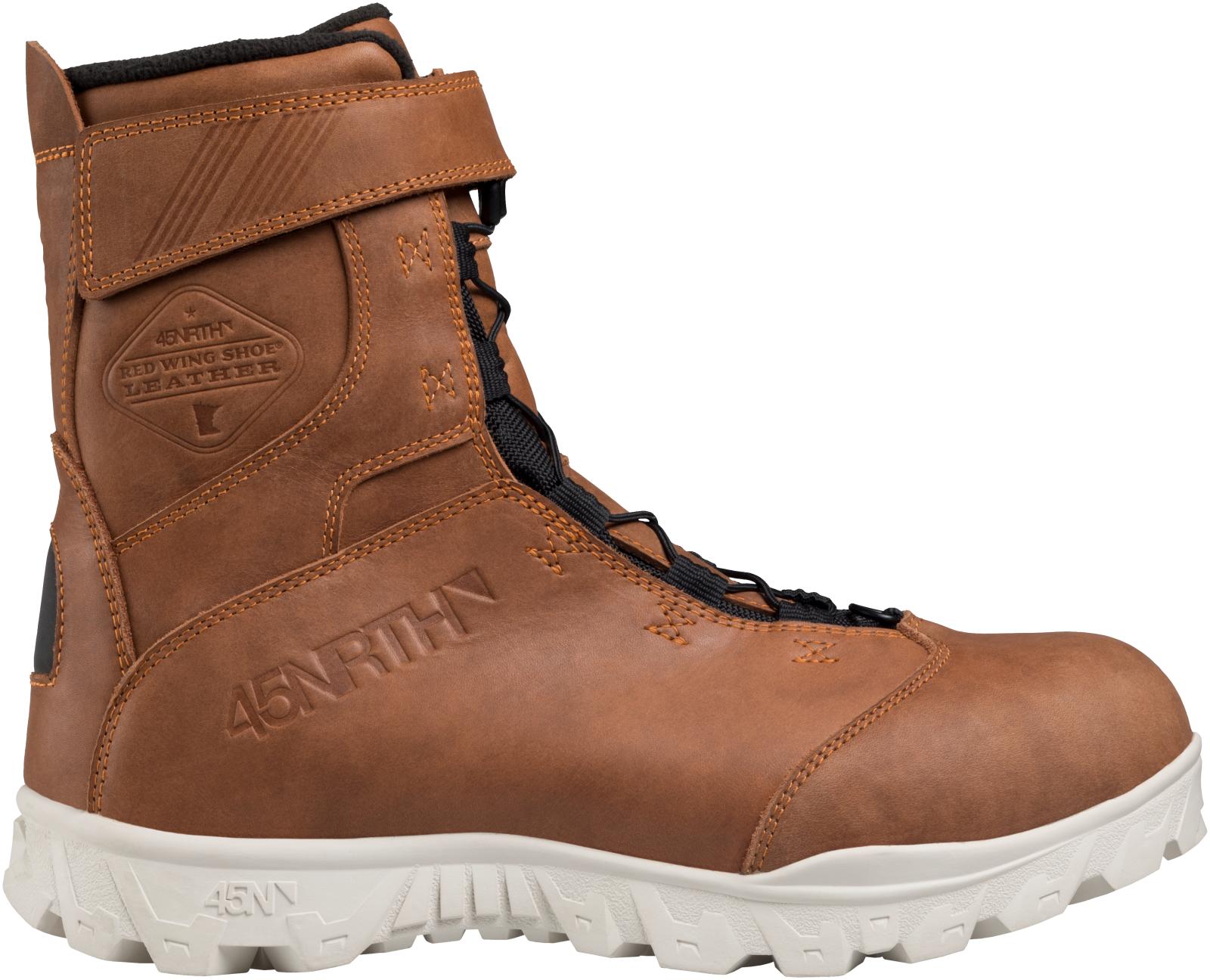
45NRTH Wölvhammer Red Wing Edition, $345
Is there anything in the world better than warm, dry toes during a wet, winter ride? Yes, yes there is. Thanks to 45NRTH, you can be comfortable and super stylin’ thanks to its Red Wing Edition Wölvhammer boots. I love winter riding, but whenever I’ve pushed the limits of my footwear, things go south quickly. With the Wölvhammers, I have toasty toes down to 0°F (45NRTH recommends them for 0 to 25°F). The lace-up design makes them easy to adjust and tighten, and the wide last makes room for thicker socks and/or vapor barriers. 45NRTH uses an aerogel insole to insulate your foot from cold clipless pedal cleats. PrimaLoft insulation is topped by a waterproof, breathable membrane that is in turn wrapped in Red Wing tanned leather. That leather does require a little more maintenance, but looking good is never easy. While they aren’t cheap, it’s hard to put a price on winter comfort, and the quality is high enough that the Wölvhammers will serve for years to come. –NL
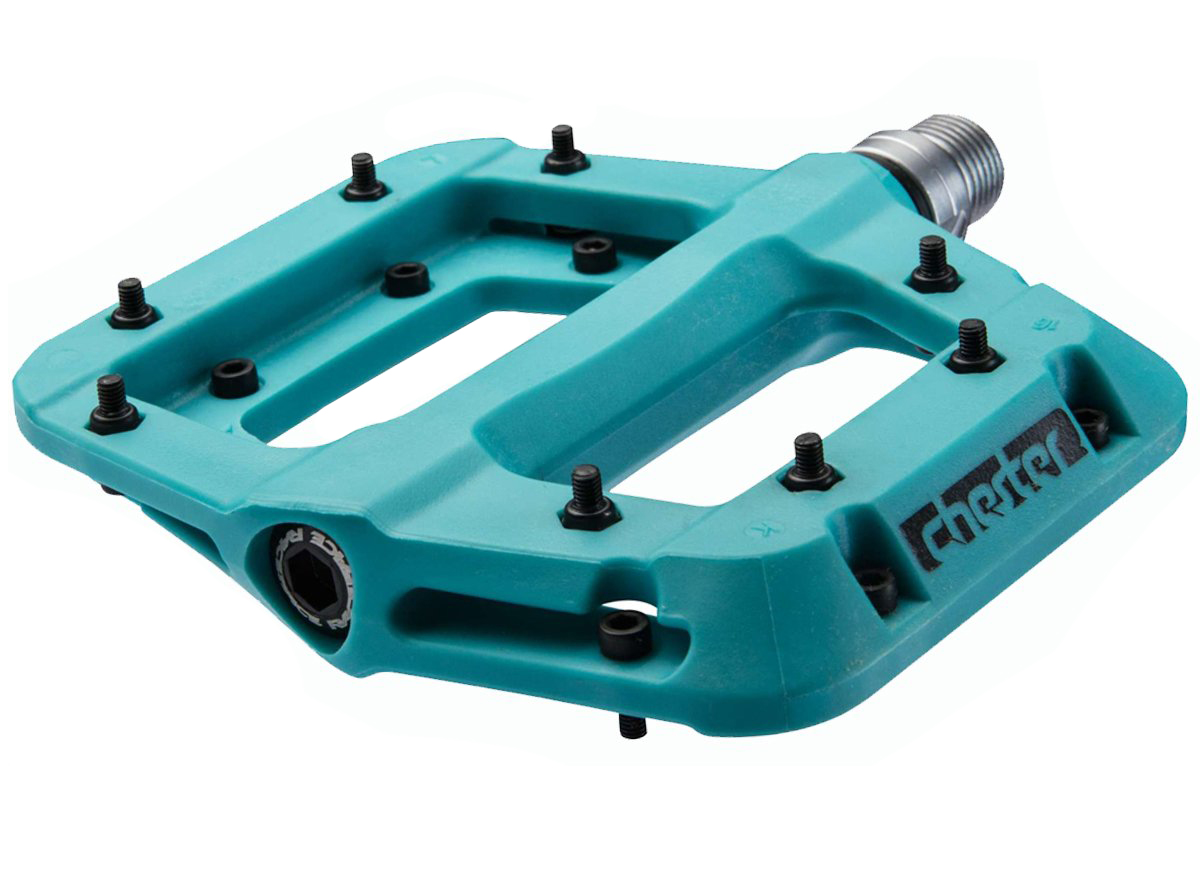
Race Face Chester, $50
The Adventure Cycling courtyard is full of bikes sporting Chesters, and it’s easy to see why: they’re cheap, they’re colorful, and they’re good. A no-nonsense plastic pedal with eight pins per side, these platforms are smaller than the Konas at 110mm x 101mm, but for application on a variety of bikes, that’s a nice sweet spot. I own two pairs of the bargain Race Faces and have run them on my touring/commuter rig and swap them between my fat bike and summer hardtail MTB without issue. The nylon-composite bodies don’t look much worse for wear and they spin smoothly after a few seasons of use.
My one complaint? For my size 12 feet, the Chesters are a little on the small side. On a dropbar bike I prefer the smaller shape, but for off-road riding I’m sometimes envious of larger platforms. But if your feet aren’t on the water ski end of the spectrum, the Chester might be the perfect do-it-all flat pedal. –Alex Strickland
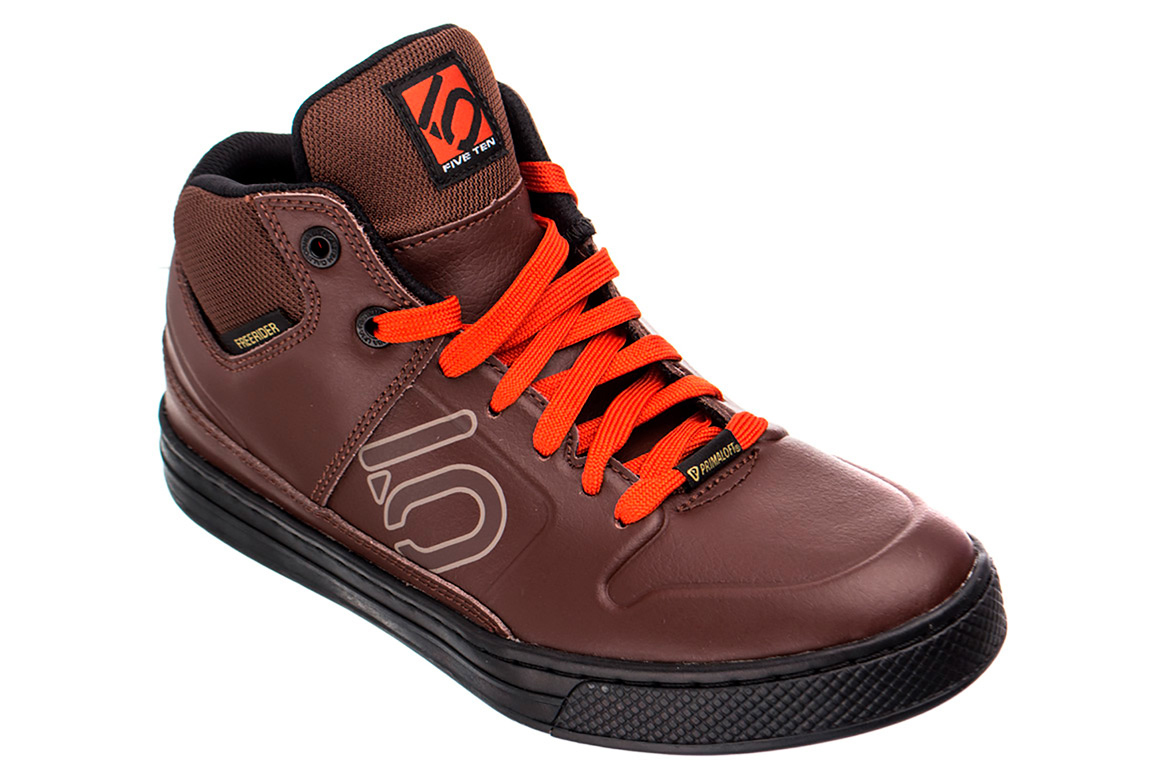
Five Ten Freerider EPS, $140
For those of us who are partial to flat pedals, there aren’t a whole lot of shoe options for winter riding. Winter boots are sometimes overkill and rarely offer the same grip on the pedals as your summer shoes. Lucky for us, Five Ten makes the Freerider EPS, a waterproof and insulated shoe with the super-sticky Stealth S1 outsole.
Made of treated leather with PrimaLoft insulation, these shoes have kept my feet dry and warm in all kinds of conditions, from nighttime fat bike rides to bikepacking trips in the autumn snow. However, don’t expect the Freerider EPS to be your Iditarod shoe — anything under 20°F, I go for my boots. And as waterproof as these shoes are, I wear ankle gaiters to keep snow from getting into the cuff and soaking my socks.
Note: I initially reviewed these when Five Ten offered High and Low versions of the Freerider EPS, but, lamentably, Five Ten has since discontinued the High. –DM
